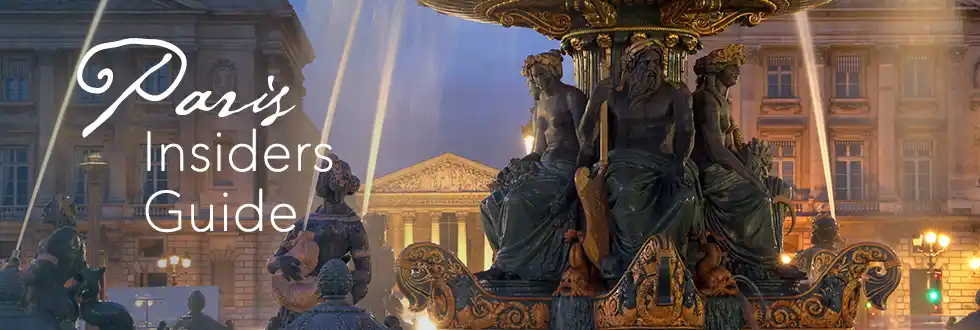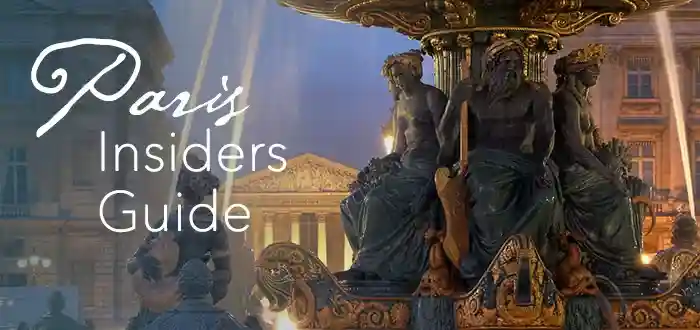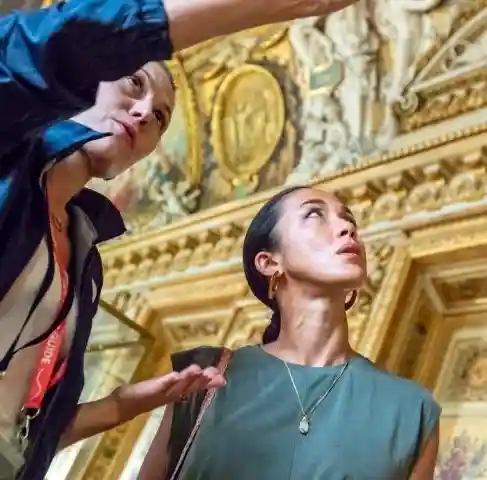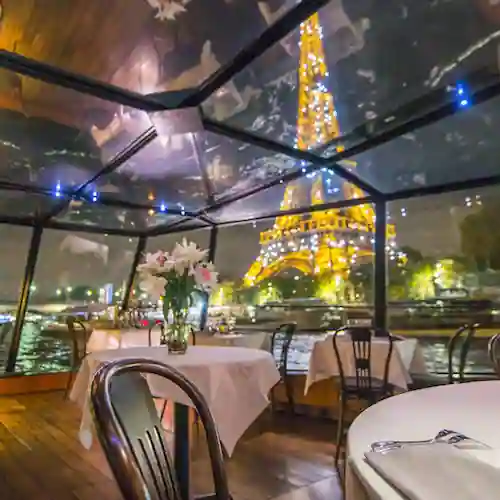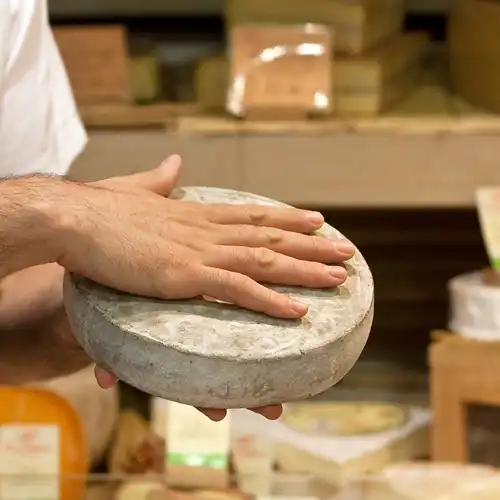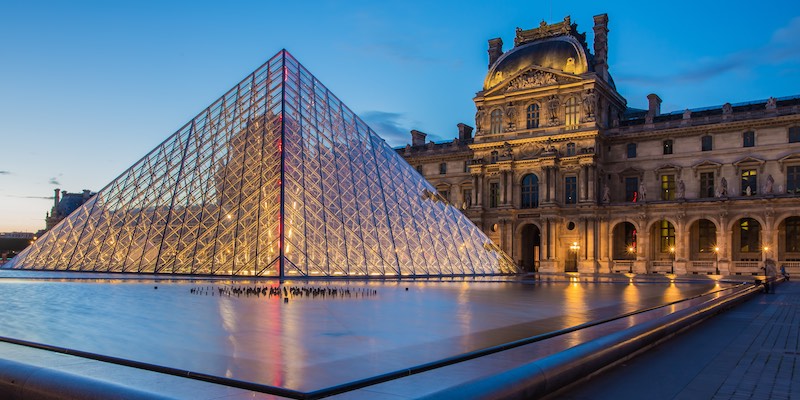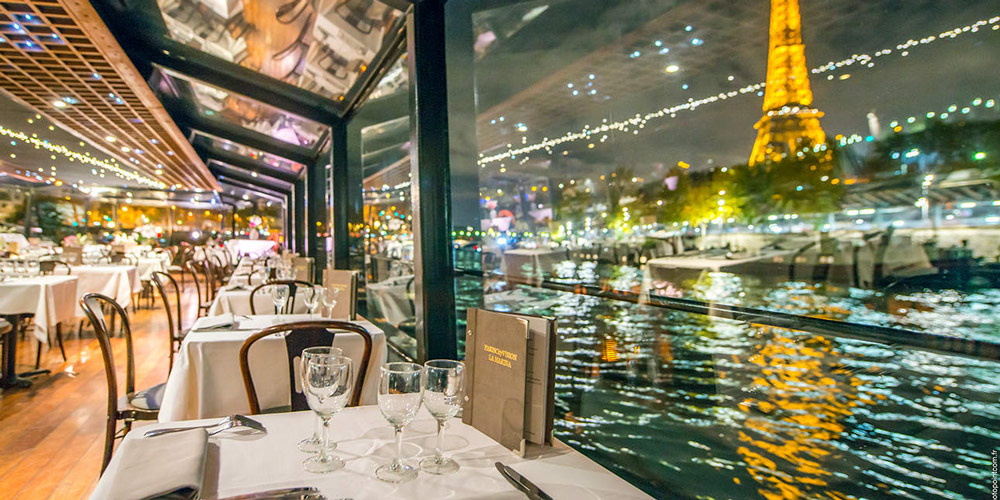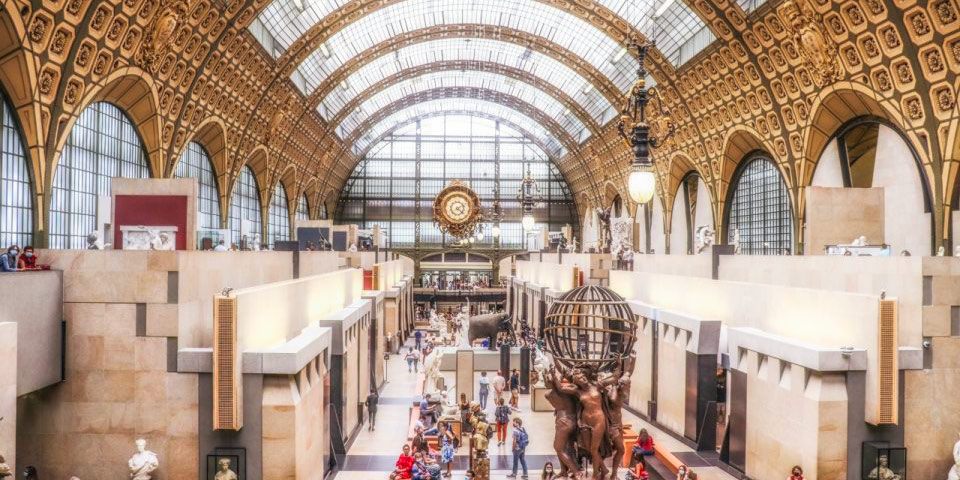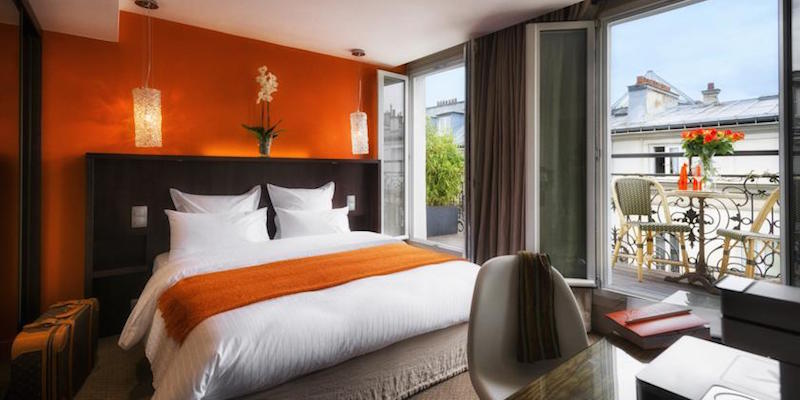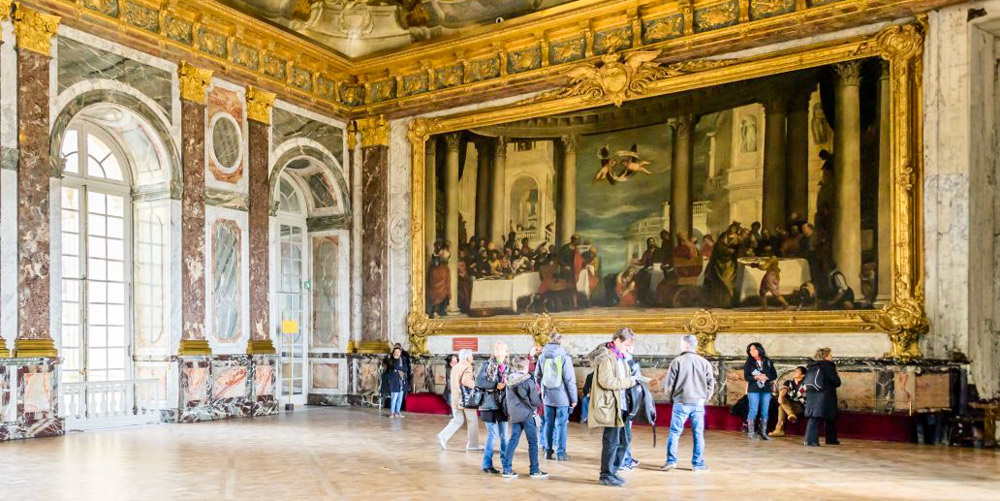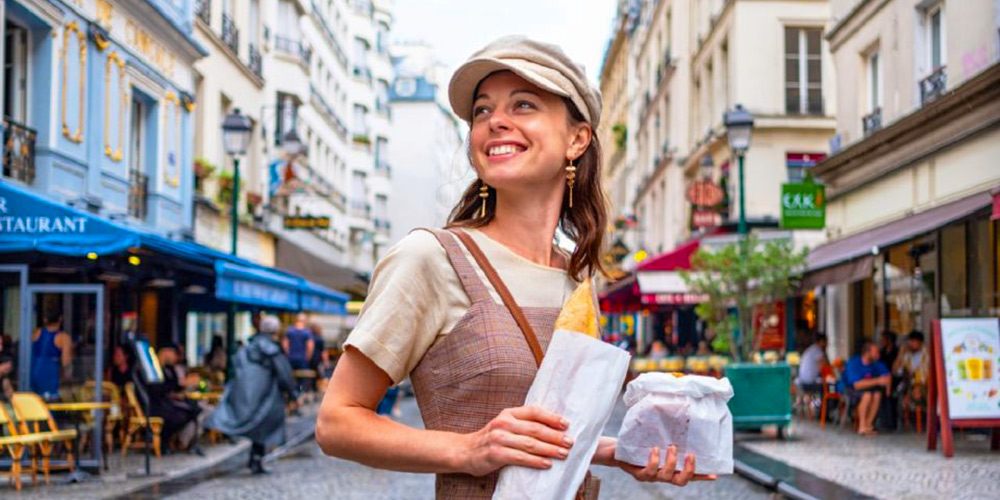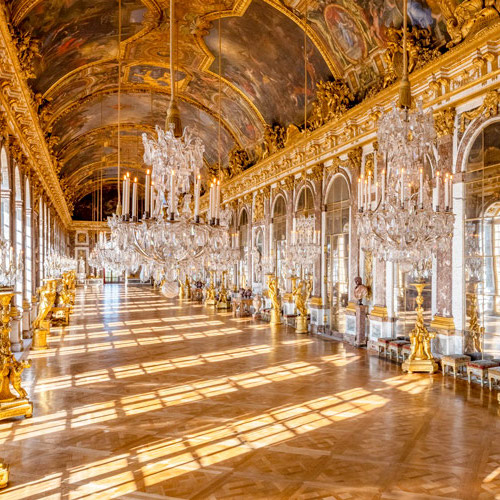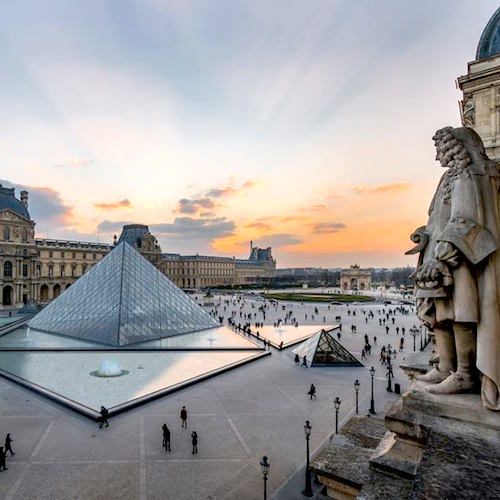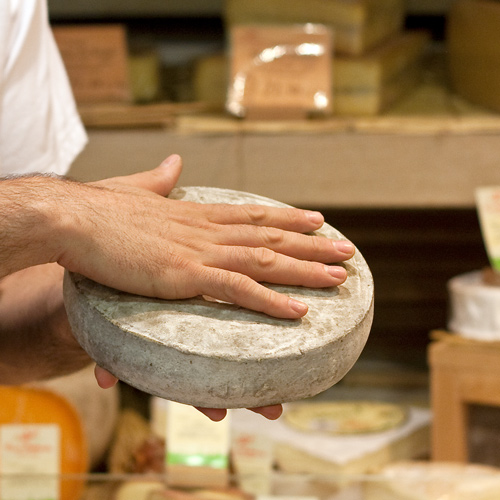Secret Paris – Unlocking The Hidden Side Of The City
Secret Paris – Unlocking The Hidden Side Of The City
Paris, a city with more than 2000 years of history, is bound to have a few secrets. Sure, we all know about Notre Dame Cathedral, the Louvre, and the Eiffel Tower, but do you know about secret Paris, like the bronze plaque that marks the center of the city? Or a 14-meter-high statue honoring the patron saint of Paris? Or the Roman arena with space for 15,000 spectators?
The next time you're here, do your own secret Paris tour to spot the hidden landmarks, statues, and little-known fountains. Get off the beaten path and search out these marvelous gems that set the city apart, and that make your visit that much more special. Paris will never look the same again.
![]()
|
Skip the long lines and dive into the Louvre’s greatest hits — the Mona Lisa, Venus de Milo, and more — on a guided tour that shows you the treasures without the museum overload. |
|
Skip the long lines and dive into the Louvre’s greatest hits — the Mona Lisa, Venus de Milo, and more — on a guided tour that shows you the treasures without the museum overload. |
1. Point Zero des Routes de France – Paris Point Zero
1. Point Zero des Routes de France – Paris Point Zero
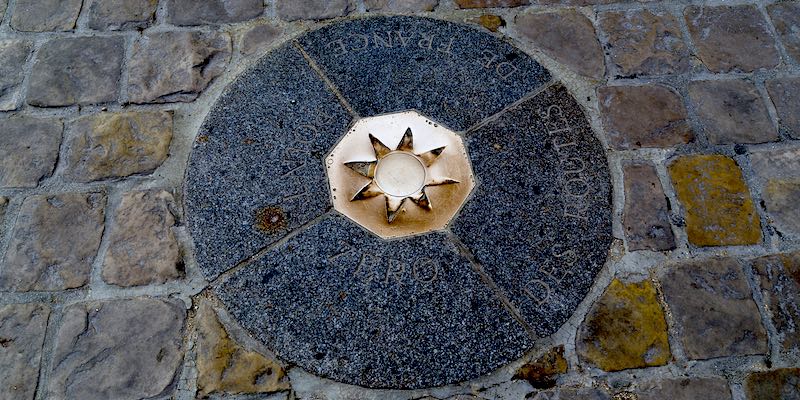
All distances in France are measured from this bronze compass star fixed in concrete in front of Notre Dame Cathedral. Throughout France, autoroute (highway) signs tell you how many kilometres you are from this exact point in Paris. Many pilgrims come here to pay their respect. It is, in fact, considered the official center of Paris.
- Rue d'Arcole, 75004
- 4th Arrondissement
2. The Flood Marker at Quai de Bethune
2. The Flood Marker at Quai de Bethune
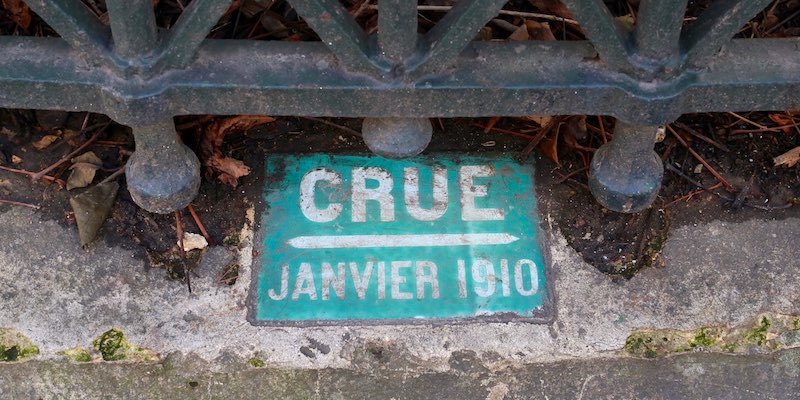
Written on a green metal plaque along Quai de Bethune are the words Crue Janvier 1910, along with a line marking the level the Seine reached during the Great Flood of Paris of 1910. Many streets became canals and rowboats were used to navigate the swollen waters. Surprisingly there were no deaths as the waters rose slowly, but thousands were evacuated from their homes.
- Quai de Bethune, between Boulevard Henri-IV and Rue des Doux-Ponts
- 4th Arrondissement
![]()
|
Paris Dinner Cruises on the Seine Dine in style as you glide past the Eiffel Tower, Notre-Dame, and the Louvre on a magical Seine River cruise. Gourmet food, champagne, and Paris lit up at night – it’s unforgettable. |
|
Paris Dinner Cruises on the Seine Dine in style as you glide past the Eiffel Tower, Notre-Dame, and the Louvre on a magical Seine River cruise. Gourmet food, champagne, and Paris lit up at night – it’s unforgettable. |
3. The Statue of Sainte Genevieve – Patron Saint of Paris
3. The Statue of Sainte Genevieve
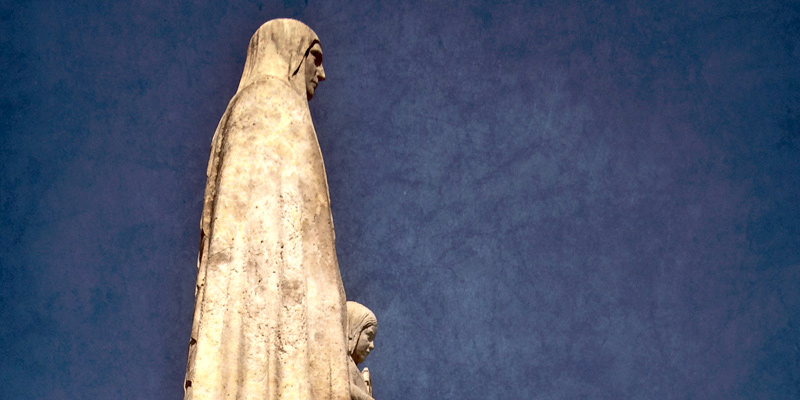
She faces upriver, guarding the city as she has done since 451, when the prayers of Genevieve the virgin nun were credited with halting Attila the Hun's advances. In 464 as the city was under siege by the Franks, Genevieve is said to have smuggled boatloads of grain through enemy lines. 1,280 years after her death, fanatic revolutionaries burned her remains and cast the ashes into the river.
Look for her on the Pont de la Tournelle, one of Paris' newest bridges (1928); here you will spot the 14-meter-high statue of the city's patron saint. The statue of Sainte Genevieve, by Paul Landowski (1875-1961), was completed the same year as the bridge. Landowski's most famous work is Christ the Redeemer above Rio de Janeiro.
- Pont de la Tournelle
- 4th Arrondissement
4. La Nef Parisienne – The Coat of Arms
4. La Nef Parisienne – The Coat of Arms
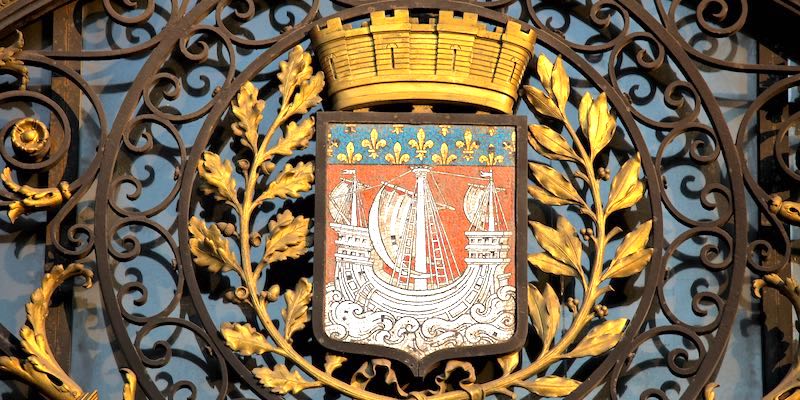
The emblem is everywhere — on city schools, train stations, bridges, the Sorbonne, police badges, public buildings, and even the mayor's stationary. The image of a sailing vessel (known as La Nef Parisienne ) has been on the city's coat of arms since about 1260 when Louis IX, AKA Saint Louis, appointed the Guild of the Watermen to help run the city.
As you might expect, during the French Revolution all emblems were abolished. But the coat of arms soon resurfaced. Beneath the vessel you usually find the words, "fluctuat nec merigitur" — "tossed by the waves but never sinking" — the motto of Paris. The motto first appeared in the 16th century but was made official by none other than Baron Haussmann in 1853.
![]()
|
Skip the lines and join an expert-led tour through the Musée d'Orsay — home to Van Gogh, Degas, and Monet. It’s the ultimate walk through 19th-century art in a grand old train station. |
|
Skip the lines and join an expert-led tour through the Musée d'Orsay — home to Van Gogh, Degas, and Monet. It’s the ultimate walk through 19th-century art in a grand old train station. |
5. Arenes de Lutece – The Roman Arena
5. Arenes de Lutece – The Roman Arena
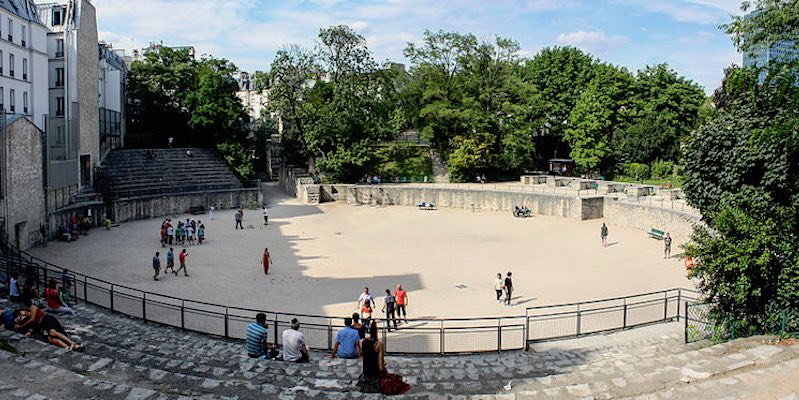 Arenes de Lutece, photo Wikimedia Commons by shadowgate
Arenes de Lutece, photo Wikimedia Commons by shadowgate
How do you hide an enormous first-century amphitheater in Paris? It's one of the city's most important Roman ruins (the other is the Roman Baths at the Musée de Cluny) and it was only accidentally discovered in 1869 when Rue Monge was built, cutting through the Latin Quarter, during the Haussmannian renovations of Paris. Famous folk like Victor Hugo successfully fought for its preservation. Excavation on the arena continued until the end of World War I. Constructed in the 1st century, the oval arena could hold 15,000 spectators and was used for gladiator combats.
Today, with its surrounding gardens and benches, the arena is an oasis of tranquility for children to play, impromptu games of boules, and for urban flaneurs to stroll through. It is the perfect place for a picnic after loading up with baguettes, cheese and fruit from shops along the bountiful Rue Monge. By the way, our favorite Latin quarter hotel, Hotel Monge, backs onto the arena. The hotel elevator has a glass wall so you can view the Arenes de Lutece as you ascend to your room!
- Enter at Place Emile-Male or through a passageway at 57 Rue Monge
- 5th Arrondissement
6. Moblier National – The National Storehouse
6. Moblier National – The National Storehouse
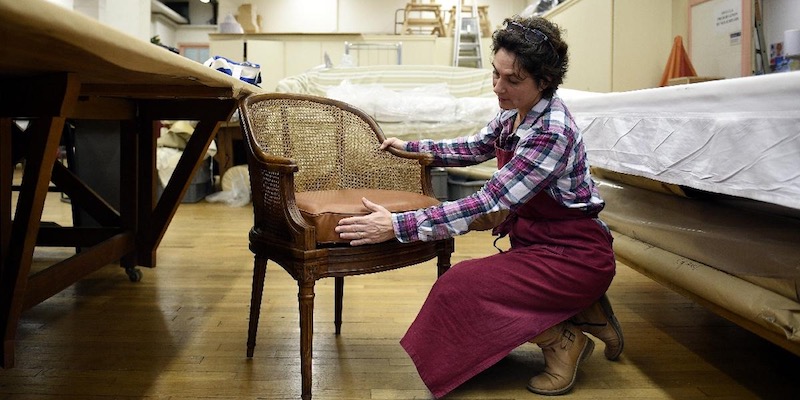
Acting as France's national attic, the Moblier National is crammed with treasures from Napoleon, Marie-Antoinette, and Louis XVI. Created in 1667 by French Minister of Finance, Jean-Baptise Colbert, it was a royal storehouse used as he transformed the Gobelins Tapestry Factory. It's now responsible for furnishing government ministries and embassies with everything from doorstops to doorknobs.
The institution also once housed the crown jewels and is part of the Gobelins Tapestry museum complex. The Moblier National maintains and restores about 200,000 items of furniture, clocks, chandeliers, textiles and tapestries, and occasionally stages special exhibitions.
- 42 Avenue des Gobelins
- 13th Arrondissement
- Website…
![]()
|
Browse our hand-picked Paris hotel deals with real-time discounts of up to 20%. Stay in the Marais, Saint Germain, the Latin Quarter, the Left Bank near the Eiffel Tower… every arrondissement is on the list. |
|
Browse our hand-picked Paris hotel deals with real-time discounts of up to 20%. Stay in the Marais, Saint Germain, the Latin Quarter, the Left Bank near the Eiffel Tower… every arrondissement is on the list. |
7. Fontaine des Quatre Saisons
7. Fontaine des Quatre Saisons
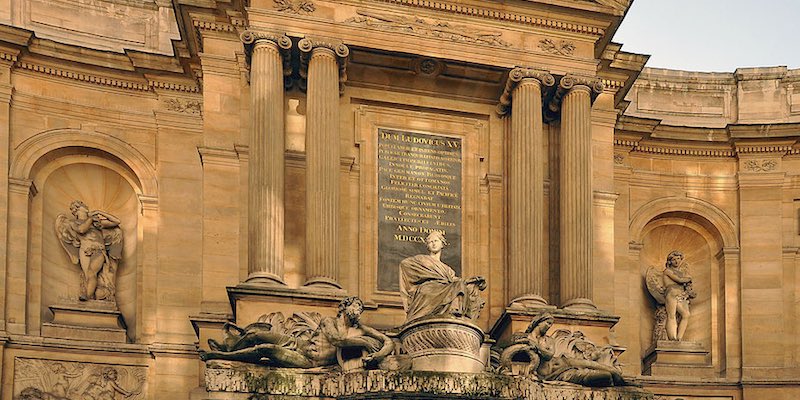
In the early 18th century Saint-Germain-des-Prés was one of the wealthiest quartiers in Paris, but it was without a water supply. Sculptor Edme Bouchardon (royal sculptor of Louis XV) was commissioned to design a fountain to solve two problems — to supply water and to solidify the king's benevolence to the people of Paris. It took Bouchardon seven years to complete the project with four distinct bas-reliefs representing the four seasons.
Although the Ionic-pillared fountain is adorned with an abundance of decoration, it wasn't very functional; with only two little spouts water merely dribbled out. Voltaire widely criticized the project saying, "I have no doubt that Bouchardon will make of this fountain a fine piece of architecture; but what kind of fountain has only two faucets where the water porters will come to fill their buckets? This isn't the way fountains are built in Rome to beautify the city…"
- 57-59 Rue de Grenelle
- 7th Arrondissement
8. Hommage à Apollinaire by Pablo Picasso
8. Hommage à Apollinaire by Pablo Picasso
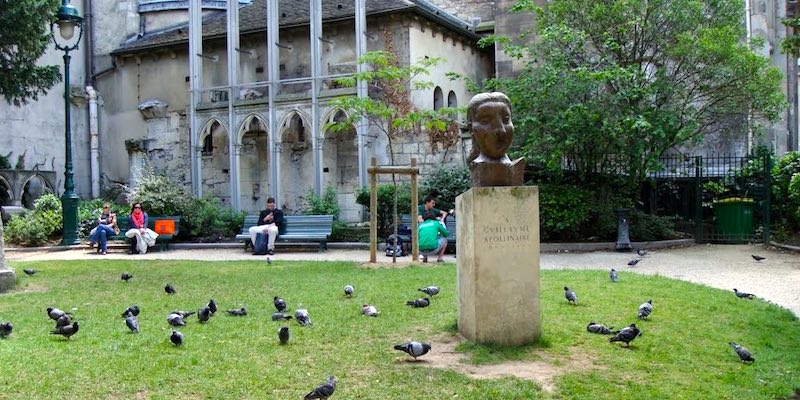
In a small park in Saint-Germain-des-Prés is a bronze bust by Pablo Picasso who gifted it to the city in 1958. The sculpture is in memory of his friend, the poet Guillaume Apollinaire, who died at the end of World War I from head injuries, compounded by the Spanish flu.
- Place St-Germain-des-Prés
- 6th Arrondissement
![]()
|
Trade Paris bustle for royal grandeur on a guided Versailles tour. Skip the lines, wander the gardens, and peek inside Marie Antoinette’s private estate. History never looked this good. |
|
Trade Paris bustle for royal grandeur on a guided Versailles tour. Skip the lines, wander the gardens, and peek inside Marie Antoinette’s private estate. History never looked this good. |
9. Picasso's Studio
9. Picasso's Studio
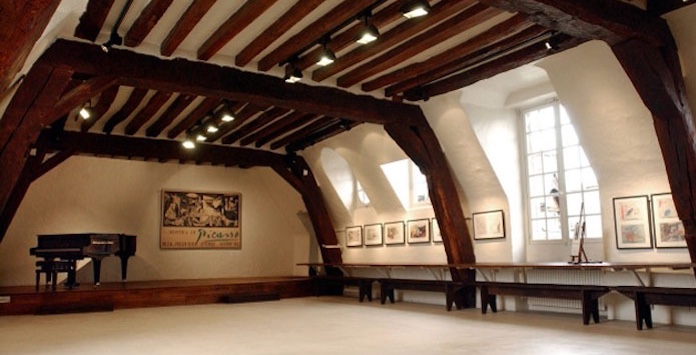
And speaking of Picasso, Rues des Grands-Augustins is where the great man lived and worked from 1936 to 1955, including during the Nazi occupation of Paris (1940 to 1944). This is where he painted Guernica in 1937 as well as many other somber works. In 2014, the studio was finally classified a French historical monument (after the current owners threatened to turn it into a luxury hotel).
- 7 Rues des Grands-Augustins
- 6th Arrondissement
![]()
|
Taste Your Way Through The Marais Stroll the cobbled streets of the Marais while tasting your way through cheese shops, bakeries, wine cellars, and hidden gems. A local expert leads the way — and keeps the wine flowing. |
|
Taste Your Way Through The Marais Stroll the cobbled streets of the Marais while tasting your way through cheese shops, bakeries, wine cellars, and hidden gems. A local expert leads the way — and keeps the wine flowing. |
10. Arc de Triomphe du Carrousel
10. Arc de Triomphe du Carrousel
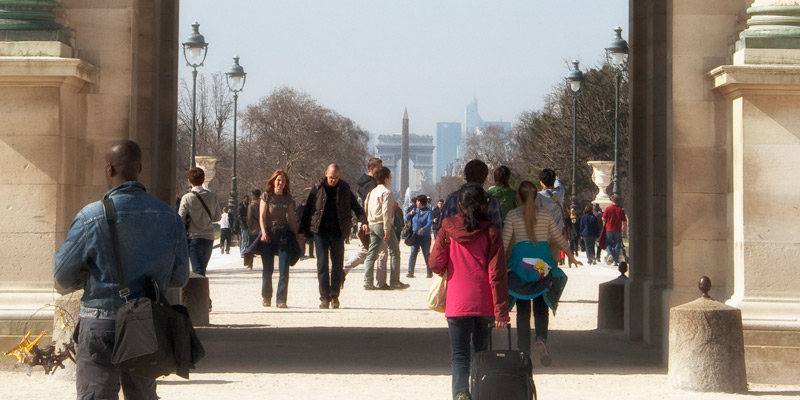 This photo shows how Arc de Triomphe du Carrousel lines up with the obelisk and the Arc de Triomphe
This photo shows how Arc de Triomphe du Carrousel lines up with the obelisk and the Arc de Triomphe
The triumphal marble arch with its pink pillars isn't really hidden, but here's a secret party trick to impress your friends. The arch can be used like a precise gun sight to line up the Tuileries Fountains, the Egyptian Obelisk of Luxor in the Place de la Concorde, the Champs-Elysées, and the Arc de Triomphe, more than two miles away. (And, if you could see that far, all the way to the Grande Arche at La Défense.)
Napoleon built the monument in 1808 to celebrate Austerlitz and other military victories. It was once crowned with the bronze horses of San Marco plundered from Venice during one of Napoleon's military campaigns. Italy recovered the original horses in 1815 after Napoleon's defeat and copies were made to replace them. The arch is based on a model of the Roman Arch of Constantine.
- Place du Carrousel, between the Louvre and the Tuileries
- 1st Arrondissement
Paris Planning Guides
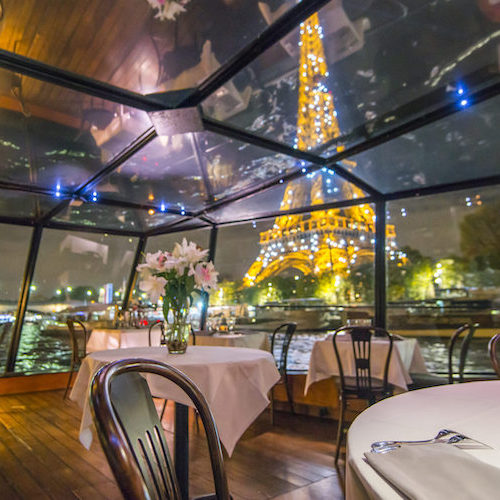 Glorious Dinner Cruises
Glorious Dinner Cruises |
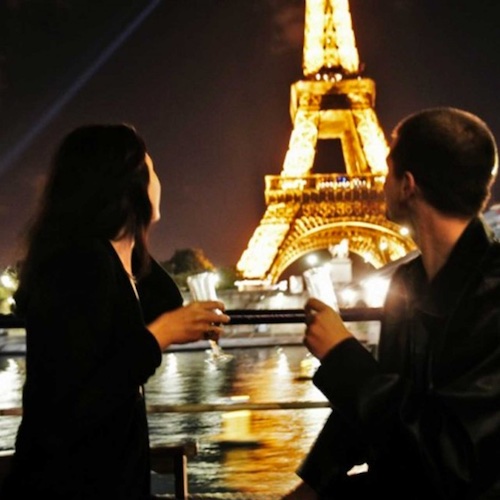 6 Best Evenings
6 Best Evenings |
 Book an Airport Transfer
Book an Airport Transfer |
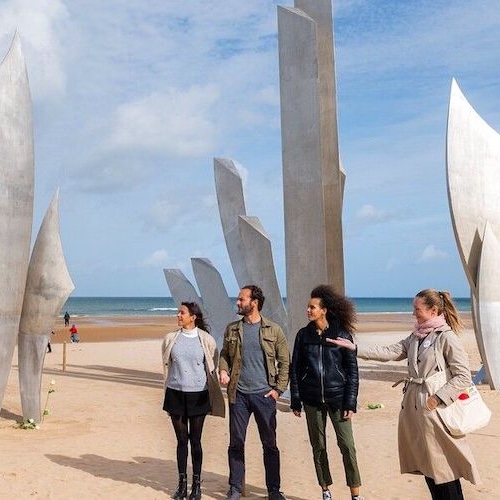 Historic D-Day Tours
Historic D-Day Tours |
